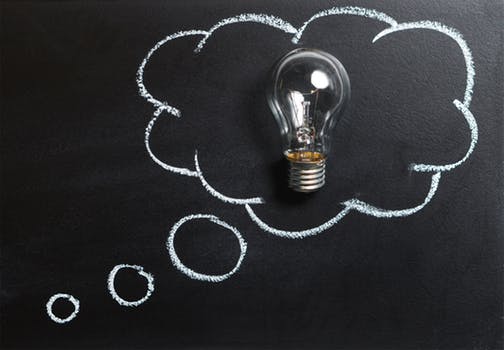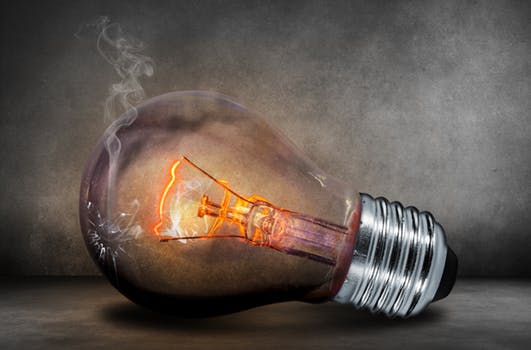Creativity and IQ: What 1500 Kids Can Teach Us

How does your IQ affect your creativity? One might assume that having a super high IQ would garner you more powerful creative flights of fancy, and more control over the process, whether top-down or bottom-up. But as is so often the case with preconceived ideas, things are not always what they seem. We can trace the American fixation on IQ back to the beginning of our involvement in World War One. The U.S. War Department was searching for ways to rank their recruits by intelligence, and to identify who would be best suited for which jobs, from scouts to officers. For help in making these judgments, the military turned to psychologists like Lewis Terman of Stanford University. Terman had tweaked an intelligence test devised by the famed French psychologist Alfred Binet to create a new version called the Stanford-Binet Intelligence Scales. He initially promoted this as a tool for classifying developmentally disabled children, but the U.S. military was so impressed with Terman'










